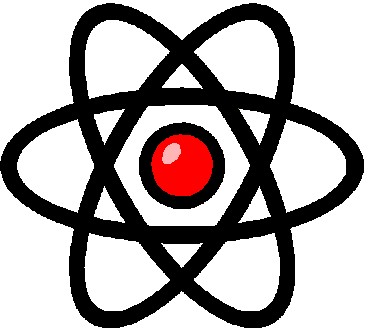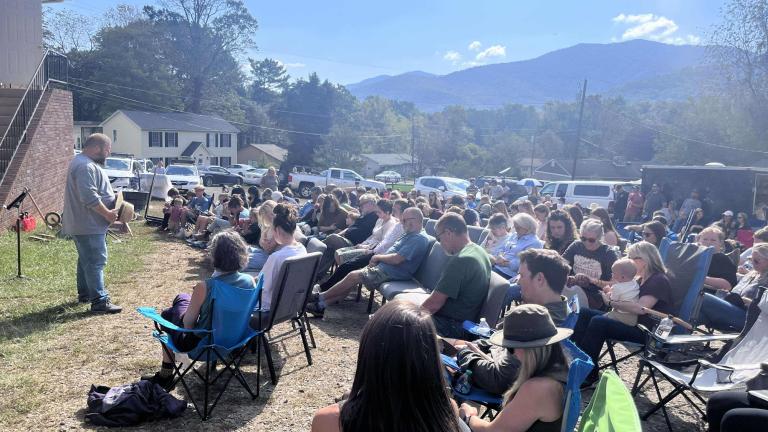 Blair is discussing the possibility of building more nuclear power plants. Some of the U.K.’s older plants will be going offline in the next decade or so and according to CarbonFree (a company betting on renewable energy schemes):
Blair is discussing the possibility of building more nuclear power plants. Some of the U.K.’s older plants will be going offline in the next decade or so and according to CarbonFree (a company betting on renewable energy schemes):
November was a bad month in the UK for advocates of power generated from renewable sources. There was a seven-day cold period during which temperatures hovered around zero; a lack of wind becalmed wind turbines and fog blinded solar panels. Panic over bird flu was replaced by concerns that gas producers in the rest of the EU were reluctant to pump natural gas into a pipe under the North Sea that supplies power stations and homes in the UK. Rumours circulated that this winter will see rolling power cuts, firms shutting down and old people shivering around candles.
Their concluding line however, had the opposite effect on me than intended:
“A perfect time for the government to announce that nuclear power is back on the agenda.”
Call me a skeptic, but after reading that paragraph I can see why nuclear might be put back on the agenda. Is Blair posturing or, now that more performance data is showing up, is he changing his mind based on new information? One thing is for sure, this guy is capable of making wrong decisions. But what if renewable-power advocates really cannot meet Britain’s needs in time, if ever? Is Blair having second thoughts on renewables, having first supported them, now hoping to avert a looming energy disaster should predicted performance continue to fall short, or is it all a clever ruse to blah, blah, blah? A risk analysis might favor nuclear against the possibility of coming up short on renewable energy, assuming that coal is not an option.
This article by the CarbonFree Company is an excellent example of the problem. You cannot sell a concept while at the same time admitting there is a chance it might not work. They tell us that solar panels in sunny parts of the world will electrolyze salt water, producing hydrogen, which will in turn be shipped to Britain in gas lines. Homes and small companies will also generate power and it will all be shared on a kind of gas pipeline power grid. Throw in a couple of analogies to the Internet and you have a … “neat concept … probably two decades away.”
Wait a minute, I thought the hydrogen economy was just a cruel hoax. The wind, solar, and wave guys would all paint equally positive pictures of their pet projects. But seriously, what if they continue to come up short? How long would it take, and how much would it cost? If it takes too many wind turbines, then the interest on the loans taken out to build them plus the cost to maintain them may make the power produced by them prohibitively expensive. Consumers who can’t afford it will go without, and that will be the start of an economic and quality of life downturn, just the thing we are all hoping to avoid. Can’t happen? Are the risks associated with nuclear greater than those associated with coming up short?
The British are between a rock and a hard spot. They are about to lose power generation and thanks to global warming, coal is not an option, leaving only nuclear or renewables to fill the gap. If they wait too long and renewables can’t fill the gap, they are screwed.
Just to stir controversy, might I suggest that a couple of nuclear power plants might be what they need, if for nothing else but to buy time? They might be viewed as a kind of insurance policy on the off-chance that renewables don’t meet expectations.
 Blair is discussing the possibility of building more nuclear power plants. Some of the U.K.'s older plants will be going offline in the next decade or so and according to
Blair is discussing the possibility of building more nuclear power plants. Some of the U.K.'s older plants will be going offline in the next decade or so and according to 
